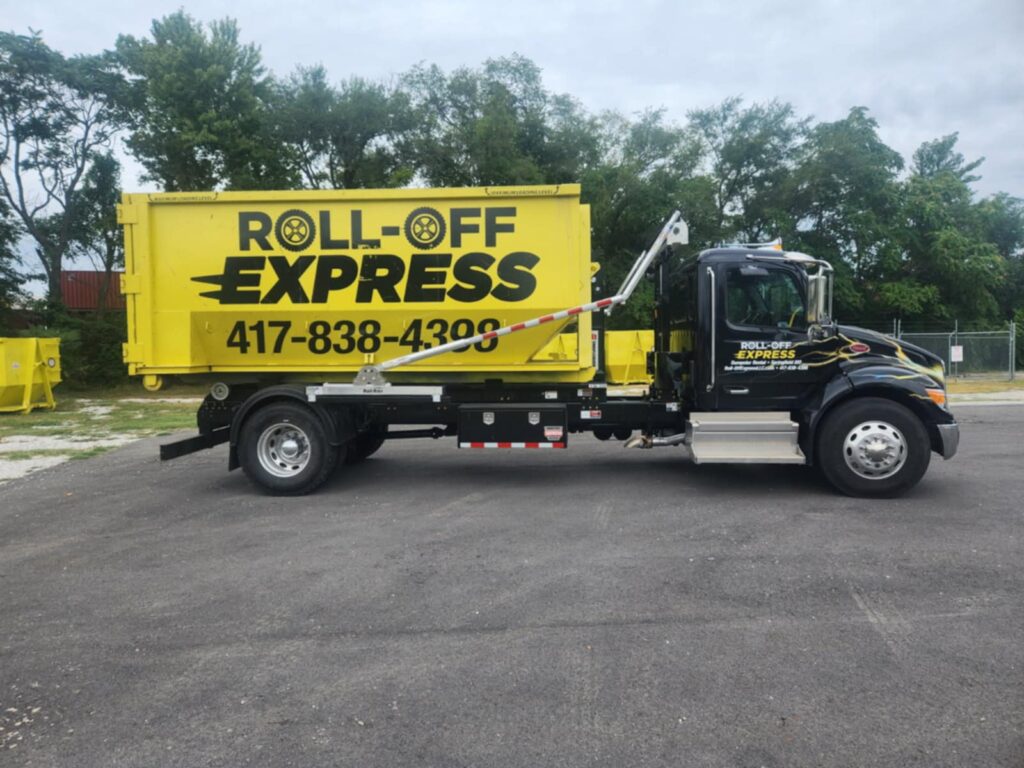
Moving to a new home or office can be both exciting and overwhelming. Whether you’re transitioning across town or across the country, enlisting the help of professional movers can make the process smoother and more efficient. If you’re planning a move in the Temple or Wichita Falls areas, you might consider reaching out to local experts who understand the nuances of these communities. To begin your journey, go to Temple Movers, a reputable moving service specializing in both local and long-distance relocations.
In the heart of Texas, WichitaFallsMovers.net stands out as a dedicated platform connecting residents with top-notch moving services in the Wichita Falls area. This resource offers a comprehensive directory of licensed and insured movers, ensuring that your belongings are in safe hands. By utilizing such platforms, you can compare services, read customer reviews, and obtain quotes to make an informed decision about your move.
The Importance of Professional Movers
Hiring professional movers offers numerous advantages. Their expertise ensures that items of all sizes and fragility are handled with care, reducing the risk of damage during transportation. Professional movers are also highly efficient, completing tasks in a fraction of the time it would take to move on your own. Additionally, they bring the proper equipment and vehicles needed to transport belongings safely, providing peace of mind throughout the relocation process.
Choosing the Right Moving Company
When selecting a moving service, reputation, experience, and the range of services offered are key factors to consider. A company with positive reviews and a strong track record demonstrates reliability and professionalism. It is important to ensure that the movers are properly licensed and insured, protecting your belongings in case of any unforeseen incidents. Comparing quotes from different companies helps you find competitive pricing without sacrificing quality or service.
Planning a Stress-Free Move
Planning ahead is essential for a successful move. Creating a detailed moving checklist allows you to organize tasks and avoid last-minute stress. Decluttering before your move helps reduce the number of items to transport, saving both time and money. Labeling boxes by room and contents simplifies the unpacking process, while clear communication with your moving team ensures that instructions are followed accurately.
Cost-Saving Strategies for Moving
Moving can be expensive, but there are ways to minimize costs without compromising quality. Booking your move in advance often provides better rates and more flexibility. Doing some of the packing yourself, especially for non-fragile items, can reduce the overall cost. Using free or recycled packing materials, such as boxes from local stores or household items to cushion fragile belongings, can also save money while ensuring safety during transport.
Efficient Packing Tips
Proper packing is critical to ensure that your belongings arrive safely. Using sturdy boxes and wrapping fragile items carefully prevents damage during transit. Packing heavy items in smaller boxes makes them easier to carry and reduces the risk of injury. Keeping a separate essentials box with items like toiletries, important documents, and chargers helps you stay organized during the first few days in your new home. Clearly labeling fragile boxes ensures movers handle them with extra care.
Safety and Legitimacy of Moving Companies
It is crucial to choose a moving company that complies with industry standards and regulations. The Federal Motor Carrier Safety Administration (FMCSA) offers a valuable tool to verify the legitimacy of moving companies. By visiting the FMCSA’s Protect Your Move website, you can check a mover’s license, safety record, and compliance with federal requirements. This authority resource helps ensure that your relocation is handled by a trustworthy company. You can access it here: FMCSA Protect Your Move.
Local Expertise Makes a Difference
Local movers offer distinct advantages that national chains may not provide. Their familiarity with city streets, traffic patterns, and community regulations helps prevent delays and ensures smoother logistics. Both Temple Movers and Wichita Falls Movers understand local neighborhoods, parking restrictions, and the best routes for transportation. This knowledge allows them to deliver an efficient and stress-free moving experience.
Final Thoughts on Relocation
Relocating does not have to be stressful. By partnering with reputable moving services like Temple Movers and utilizing resources like wichitafallsmovers.net, you can enjoy a smooth and organized transition to your new location. Taking the time to plan carefully, compare services, and implement cost-saving strategies can make a significant difference in your moving experience. Proper packing, along with the guidance of experienced movers, ensures that your belongings are safe and the process is efficient.







